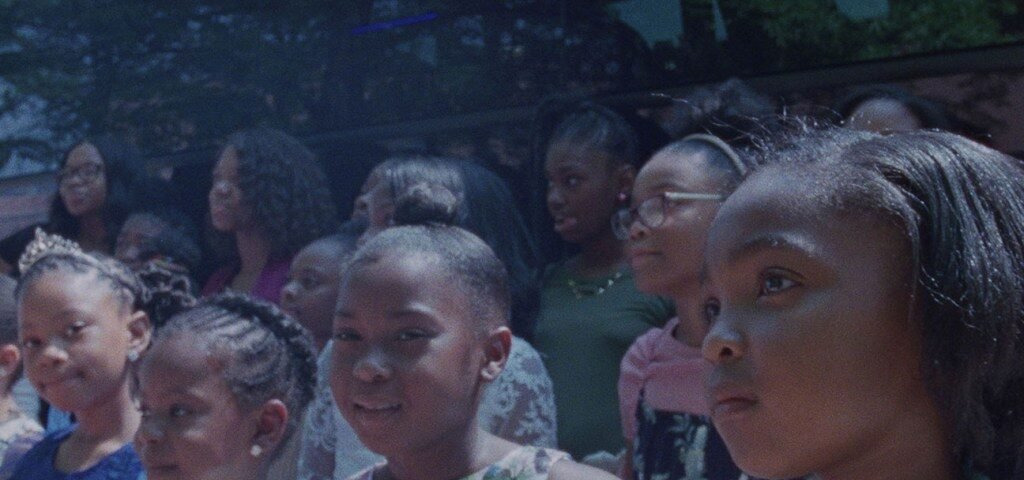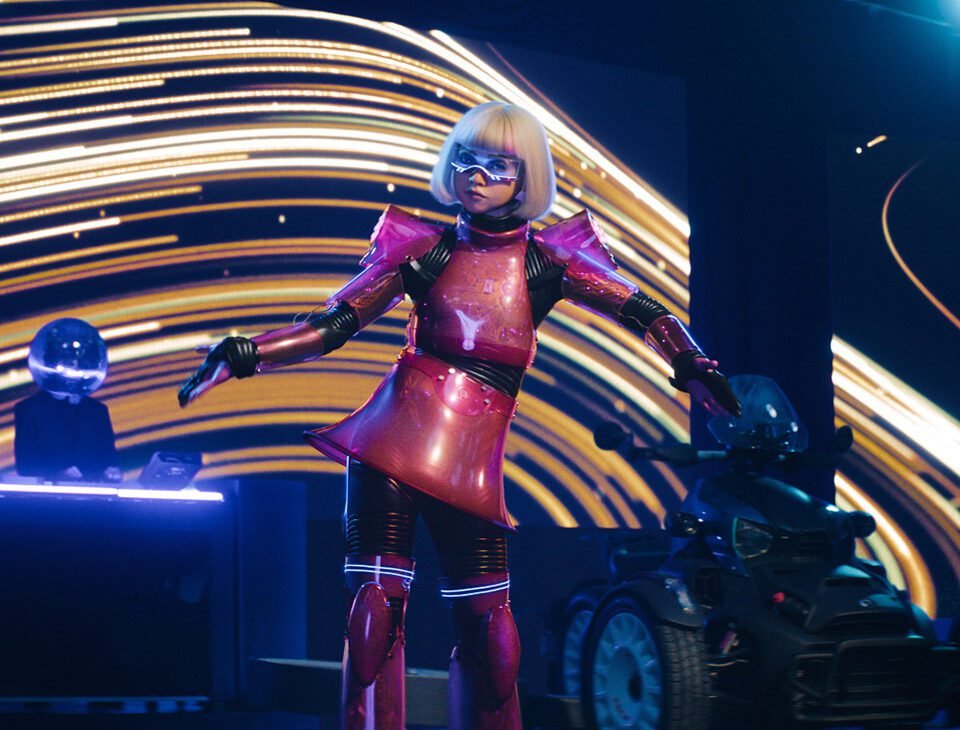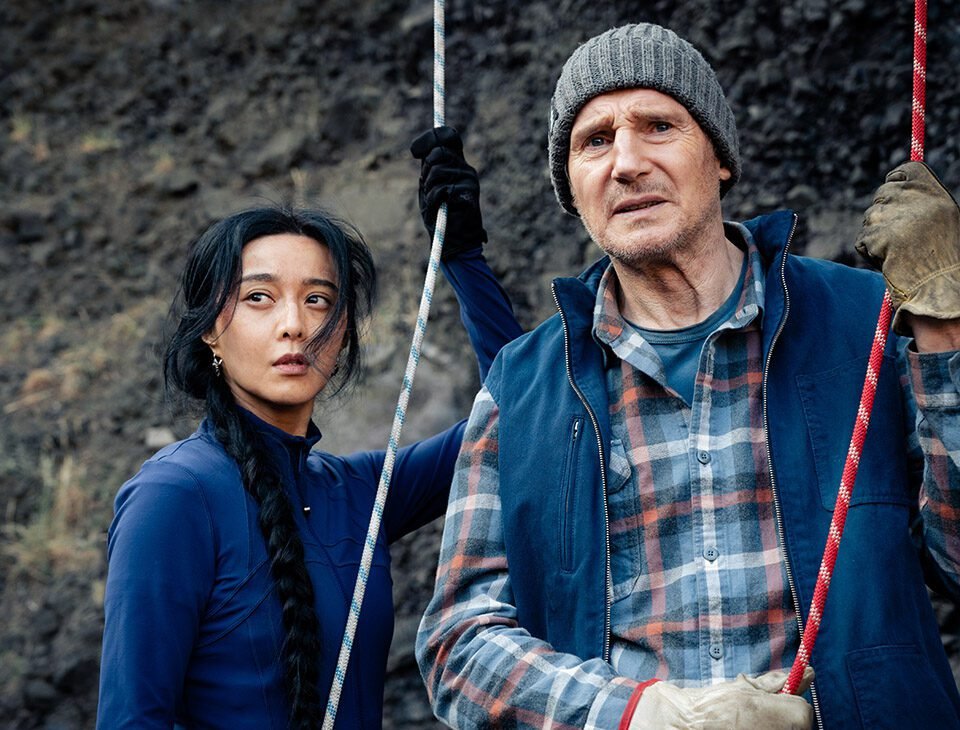‘Seeking Mavis Beacon’ Review: An Enlightening Debut Doc Dives Into the Past to Ponder the Digital Future
January 28, 2024


‘Will & Harper’ Review: Will Ferrell and Harper Steele Charm Their Way Through an Endearing Road Trip Doc
January 30, 2024Directors Angela Patton and Natalie Rae look at a program that reunites girls with their incarcerated fathers for an emotional daddy-daughter dance.


Movies
‘Porcelain War’ Review: Intimate Reflection on Making Art in Wartime Ukraine Is Beautiful but Frustrating
Angela Patton and Natalie Rae’s Daughters targets viewers squarely and simultaneously in the head and the heart, succeeding much more effectively at the latter, presumably with the hope that the former will follow.
Patton, the CEO of Girls for a Change, established the Date With Dad program, where the daughters of inmates at a D.C. prison and their fathers are brought together for a dance.
For the men, the dance is preceded by a 10-week educational program in “responsible fatherhood,” a mixture of group therapy and practical skills counseling.
For the girls and young women, the dance is preceded by boundless joy, cautious trepidation and even reluctance to reunite with men they may not know or trust.
On the surface, Daughters is about, as the title indicates, fathers and daughters and the way this pivotal relationship shapes the lives and the potential of the people on the outside, but also the hopes for rehabilitation for the men on the inside. Boiling a little under the surface is incredulity and anger at the dehumanizing impact of the prison system. In recent years, that system has undergone policy changes that have reduced in-person visits and in many cases limited contact with friends and family to onerously priced phone and video calls, fraying communities and impacting rates of recidivism.
They represent a gamut of responses to this situation. Thoroughly irrepressible Aubrey is only 5, but she’s counting down what she hopes will be only seven years until her father, Keith, is released. Justifiably sullen Santana has, at 10, been forced to become something of a matriarch to her family, and while she misses Mark, her dad, she has been burned too many times to trust that his return would save anything. Ja’Ana, at 11, admits that she barely remembers her father at all, and her mother, Unita, is hesitant to let him back into her life in any capacity. At 15, Raziah is the oldest of the documentary’s subjects and perhaps the most fragile, struggling in school and even expressing suicidal ideations. They’re all inspiring and heartbreaking at once.
The men are less clearly defined. Some viewers might wonder at the way the documentary actively evades the matter of what any of the fathers are “in” for, but this omission is by design. The film makes the case that completing the 10-week program is an absolute good for these inmates, and that denying inmates standard visitations benefits nobody. Plus, and this is the more important thing, this isn’t really their story. Even if the men benefit from the program as well, Daughters is about these girls who want a relationship with their incarcerated fathers (and perhaps about their mothers, too, though the mothers are very underserved in the documentary).
This is captured in how Patton, Rae and lead cinematographer Michael Cambio Fernandez shoot the documentary. The look of the scenes in the prison is flat and drained of color and life, while the girls are filmed in a way that evocatively captures the hope of their lives, dreamy and ominous at once. It’s an approach that doesn’t always work. The shifting of aspect ratios and film stocks and the brief snippets of whimsical flashbacks are inconsistently utilized and only fleetingly purposeful, and the need to repeatedly go back to shots of the girls staring off into space as if a director told them, “Now imagine your future and be thoughtful about it!” shows a lack of confidence that viewers will figure out the themes of the movie.






